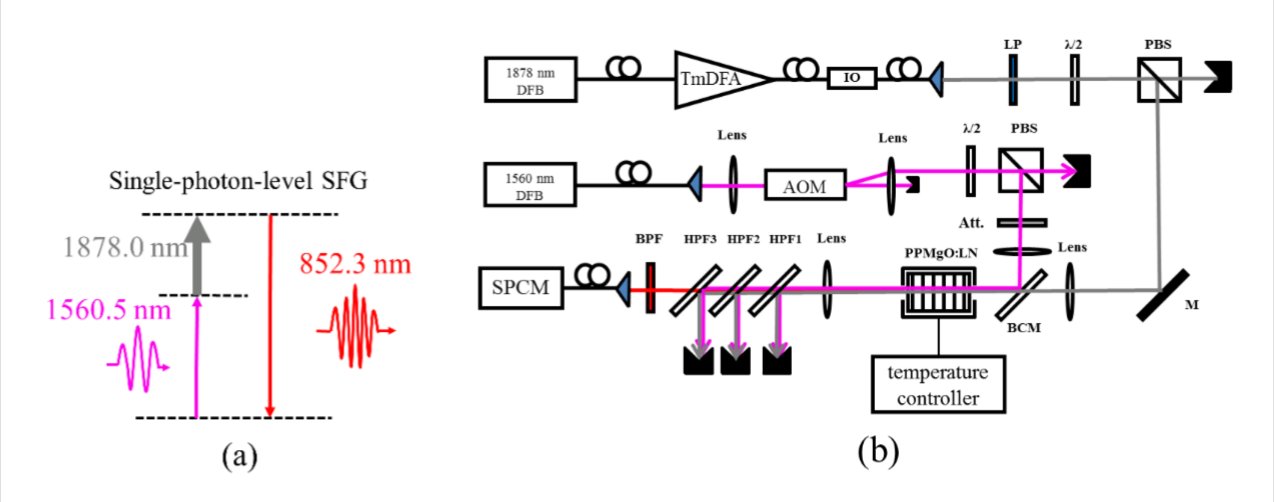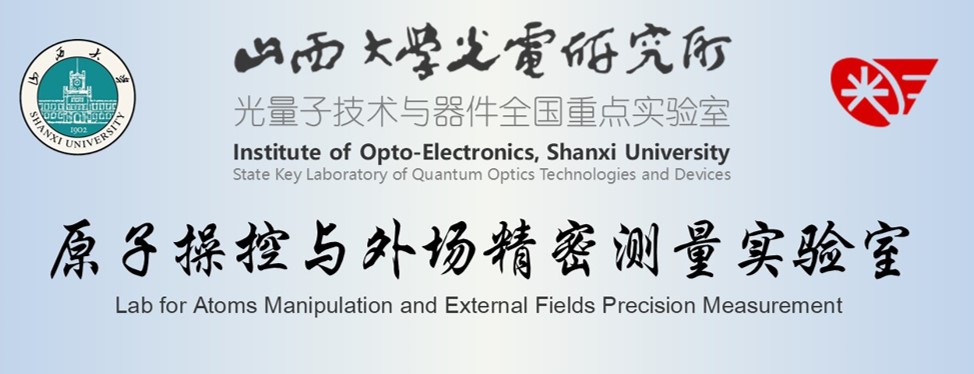Research Topics
Single-Cesium-atom manipulation and triggered single-photon source (SPS)
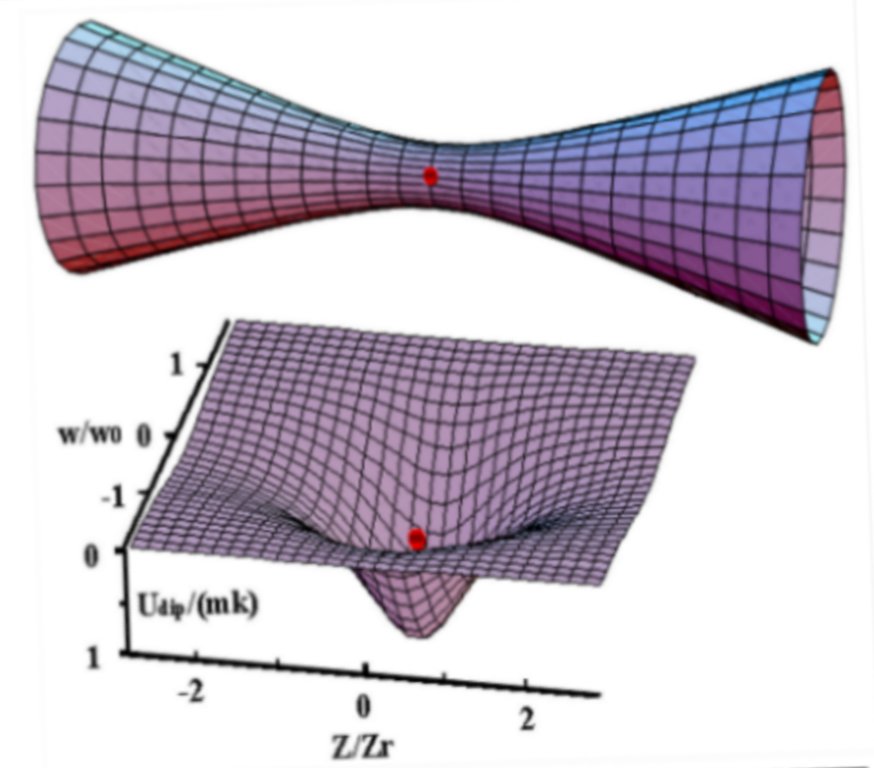
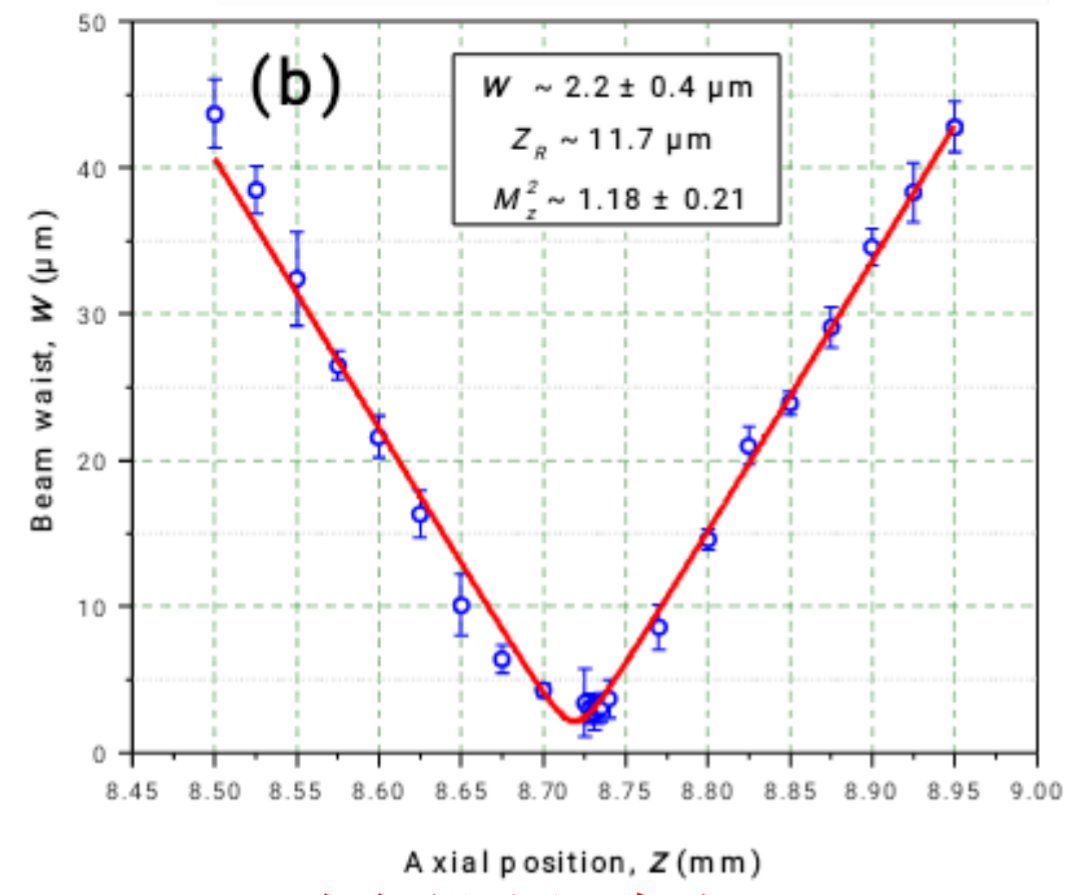


Quantum computer and quantum information storage are built up from multiple microscopic physical systems. Laser cooling and trapping can present single neutral atom with temperature of micro Kelvin and trapping lifetime for seconds; by illuminating an individual trapped atom with resonant light pulses, ones can create an efficient triggered source of single photons with a well-defined polarization. Fully controlled single-photon pulses has many potential applications for quantum information processing. Single natural atom trapped by optical trap offer robust quantum coherence and controllability, which provides an attractive system for the simulation of complex problems in microscopic physics. Single atom trapped in microscopic optical trap can serve as single quantum bit. Using diffractive optical elements or lens arrays ones can expend the optical trap to many qubits relies on multiplexing single-atom traps. Engineering quantum many qubits systems with a high degree of control and tunable interactions is an active field of research as it is a prerequisite for quantum information processing and quantum simulation.


795-nm polarization squeezing around rubidium D1 line and quantum enhanced rubidium atomic magnetometer
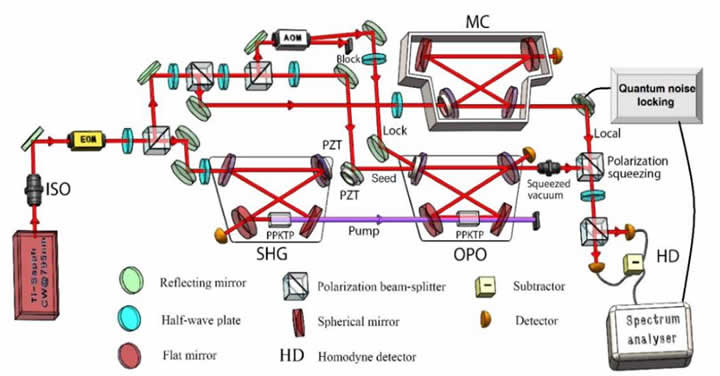
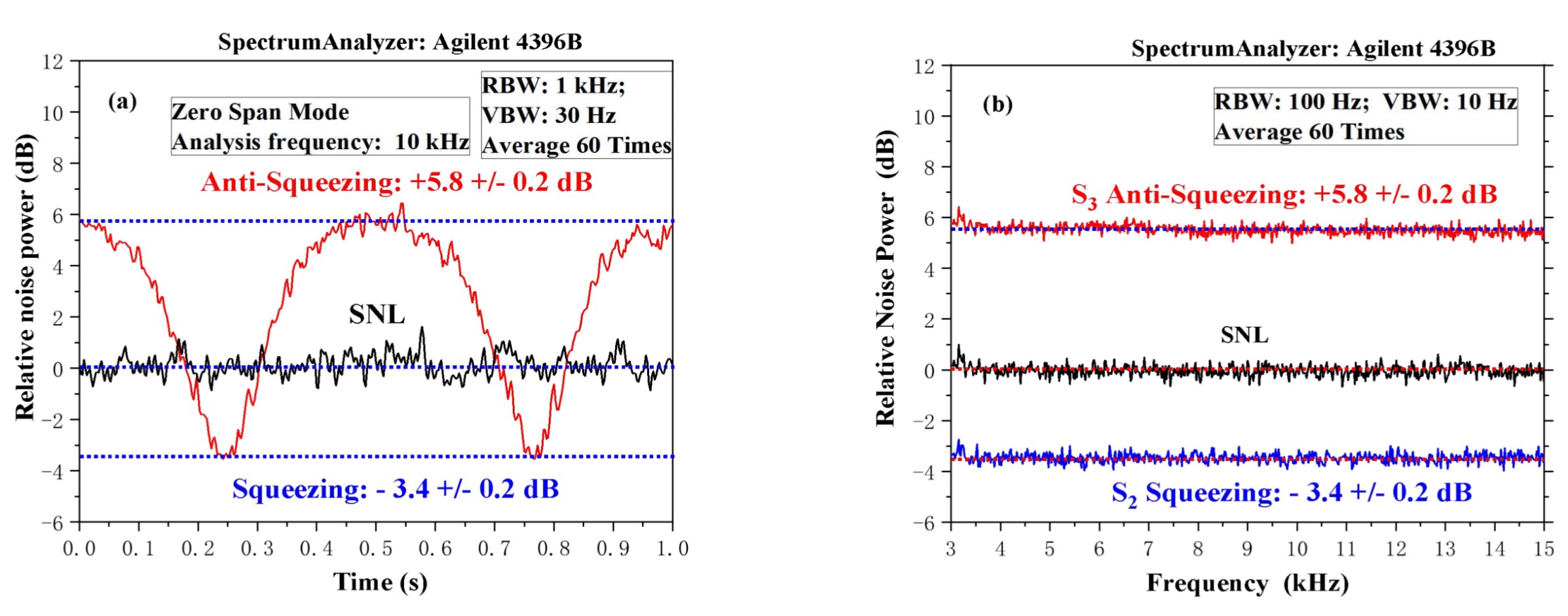
The magnetic field measurement devices with high sensitivity is of urgent demand in the field of chemical and biological molecular structure analyses with ultra-weak magnetic field and other respects in the development of technology. The inertial measurement instruments are needed in the inertial navigation and guidance of the aircrafts. Nowadays, the magnetic field and inertial measurement devices with the highest sensitivity are based on the atomic spin effect. However, noises are unavoidable during the measurements. The polarization noise of the optical field, spin projection noise of the atomic ensembles, magnetic field noise, thermal noise and electric field noise are all the limits to improve the sensitivity. We decide to use the polarization squeezing light to break the Heisenberg uncertainty limit to further improve the sensitivity of the magnetic field and inertial measurements.

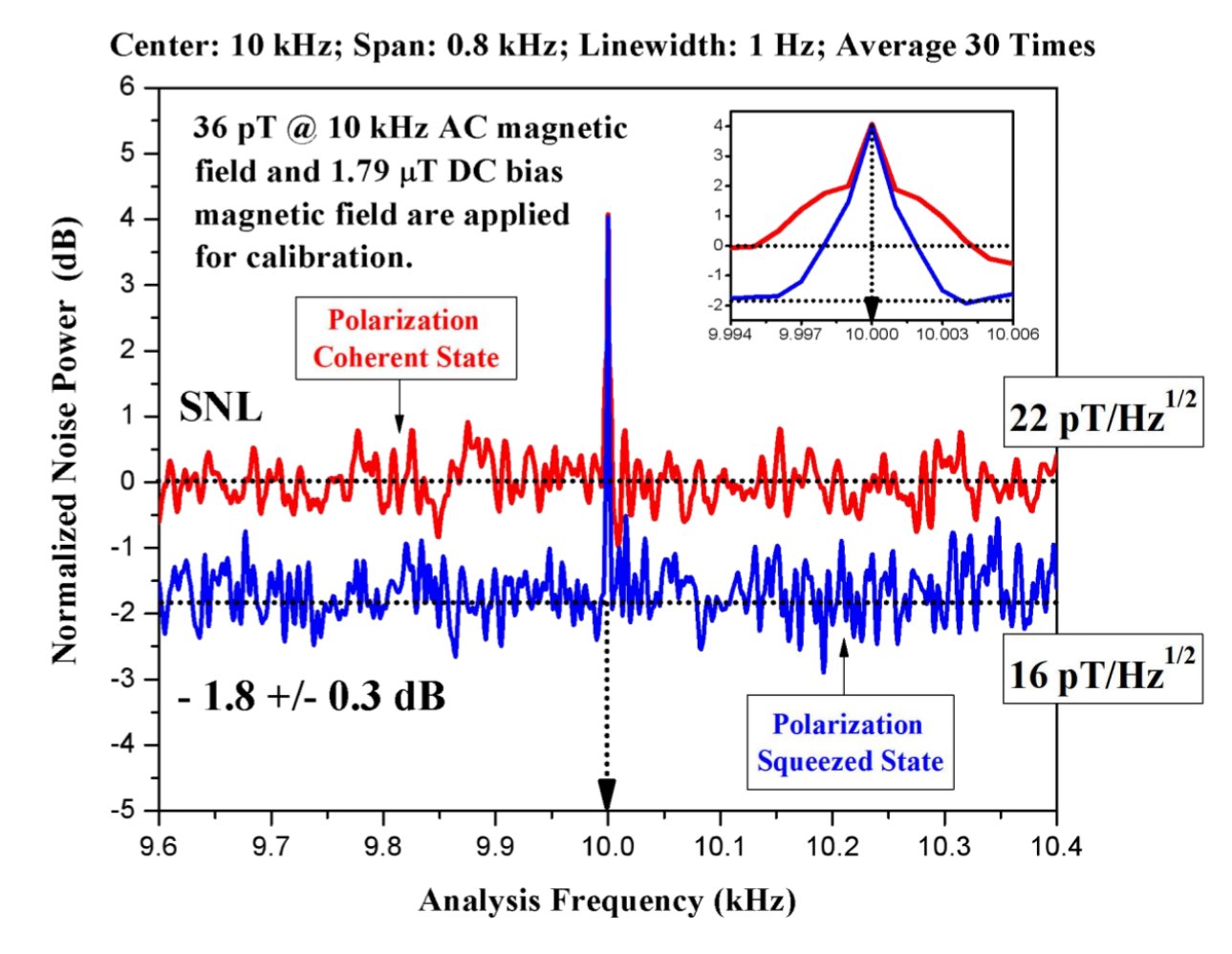
318-nm high-power narrow-linewidth UV laser system and single-photon Rydberg excitation of cesium atoms
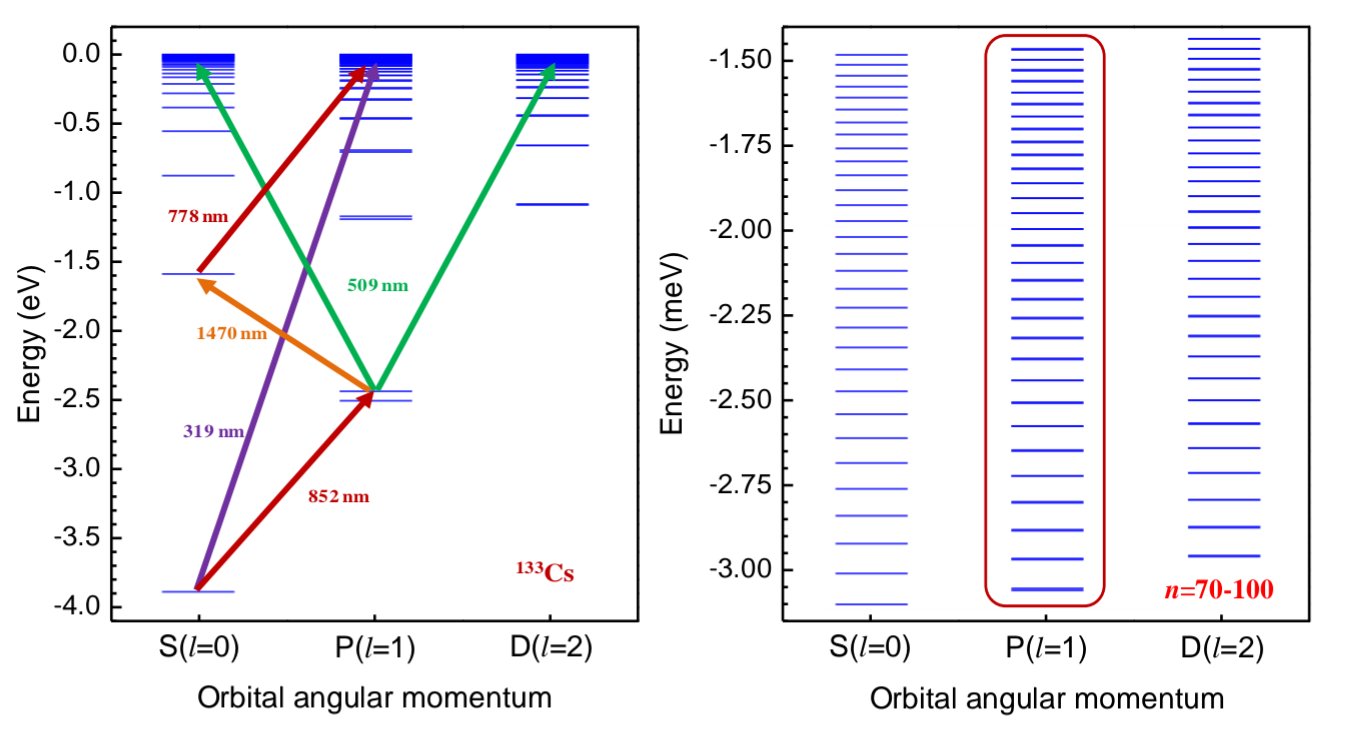
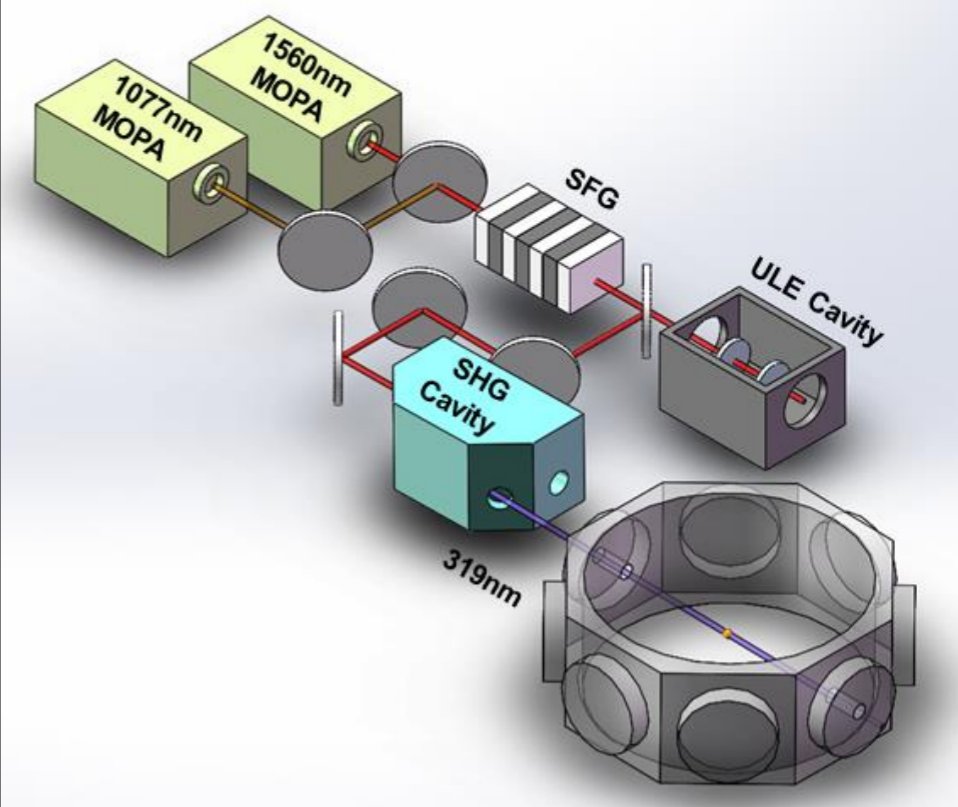
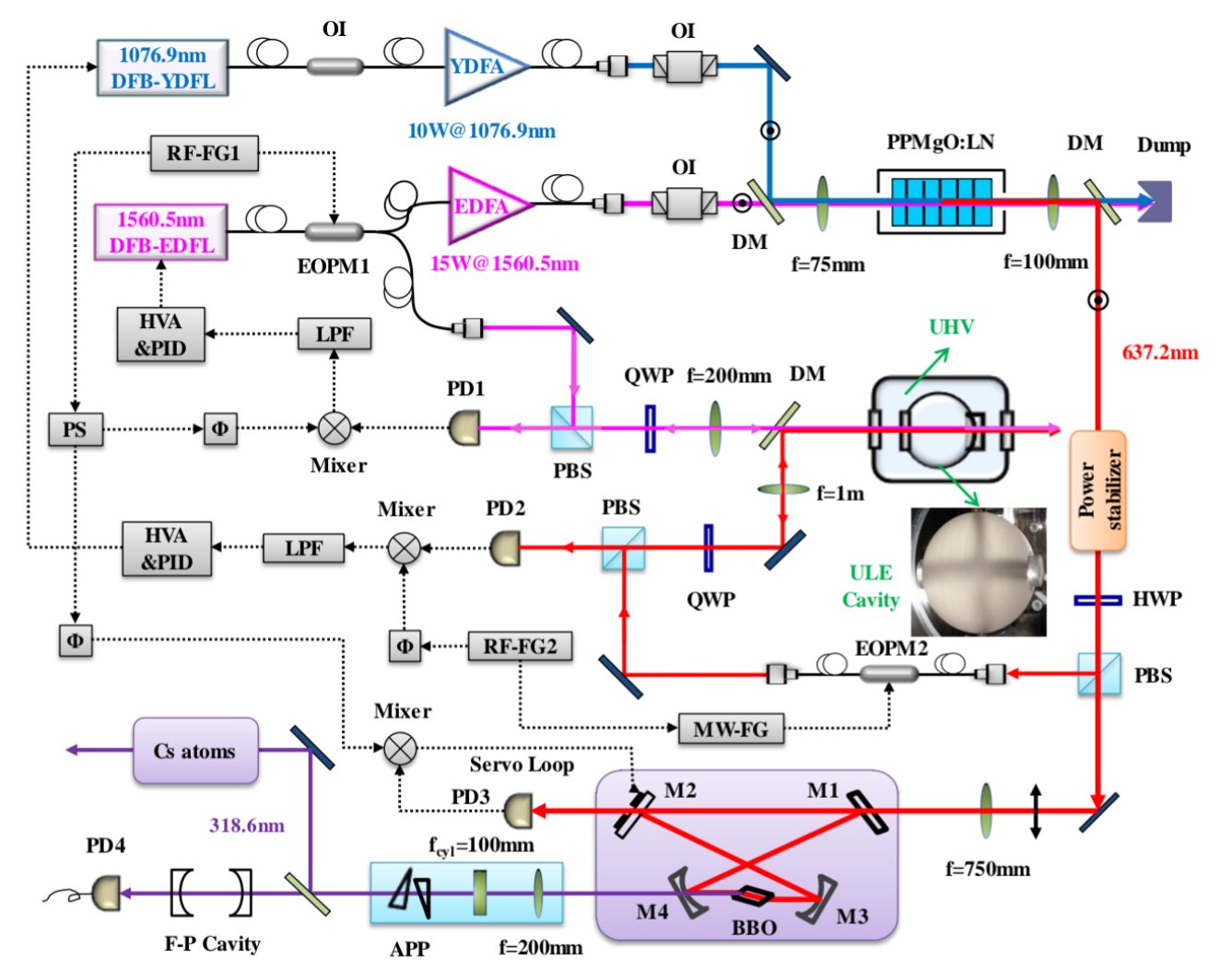
The large electric dipole moment of neutral atom Rydberg state enables long-range electric dipole-dipole interactions (EDDIs) between Rydberg atoms, which can lead to Rydberg blockade. So we can use Rydberg blockade to observe entanglement between two neutral atoms, a two qubit controlled-NOT quantum gate, decisive quantum entanglement between a coherent field with Rydberg atom ensemble and so on. Therefore, the Rydberg-excited of alkali metal atoms is very important in quantum optics, quantum information, etc. However, single-photon excitation of Rydberg transitions is very rare, mainly due to the photon energy of a single photon transitions from ground state to Rydberg states is large, mostly in the violet (Violet) and ultraviolet (UV: Ultra-Violet) band. Our experimental study aims at 318.6nm narrow linewidth tunable UV laser system for single-photon transitions of cesium atoms nP (n = 80 ~ 100) Rydberg excitation, this approach can solve the low excitation efficiency issues of two-photo or three-photo excitation, on the other hand can extend the decoherence time of coherent control of Rydberg atoms, which can help to solve problems related to physics on this basis.

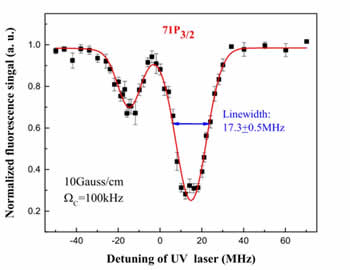
Single-photon-level Quantum frequency conversion (QFC)
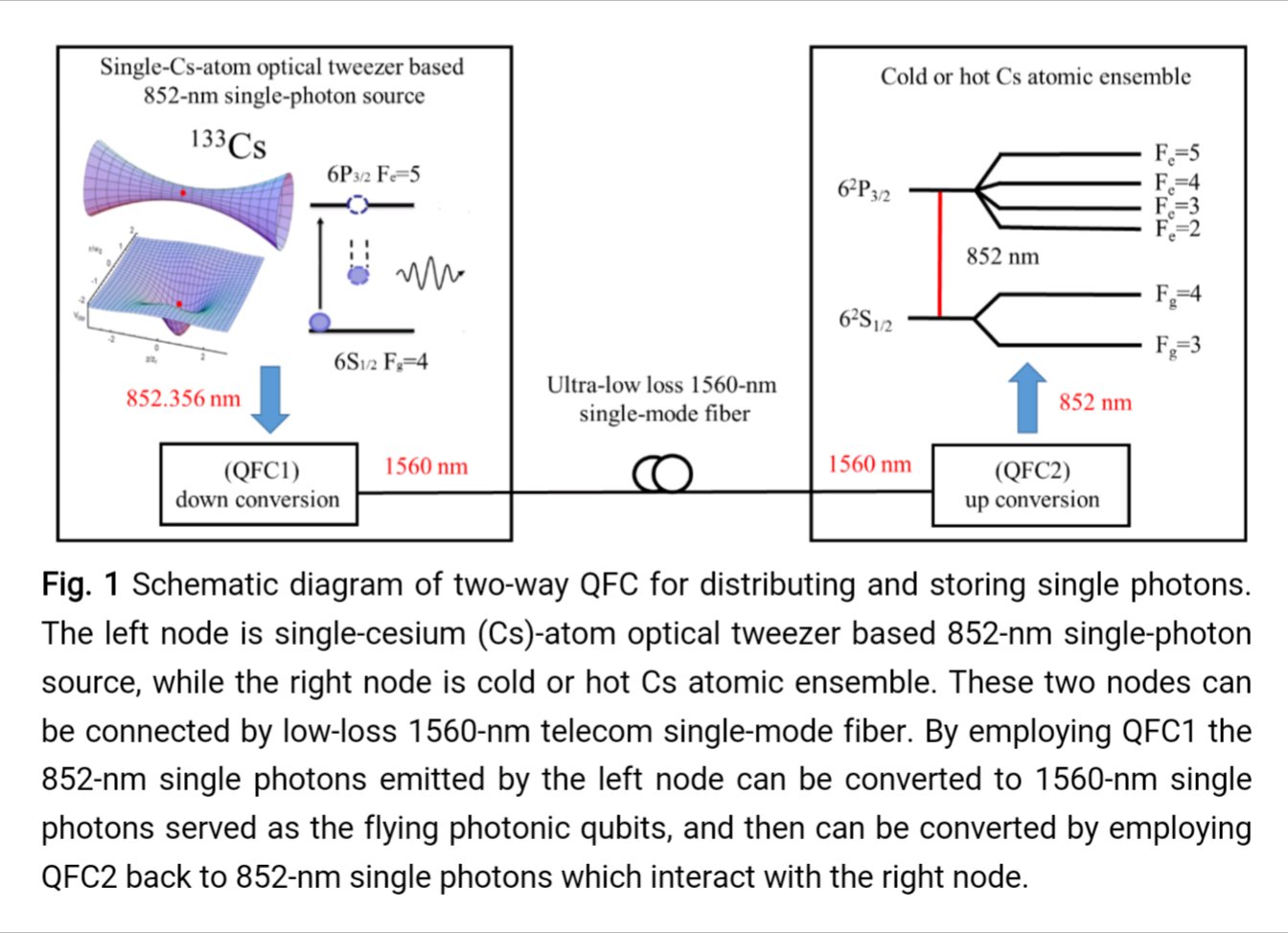
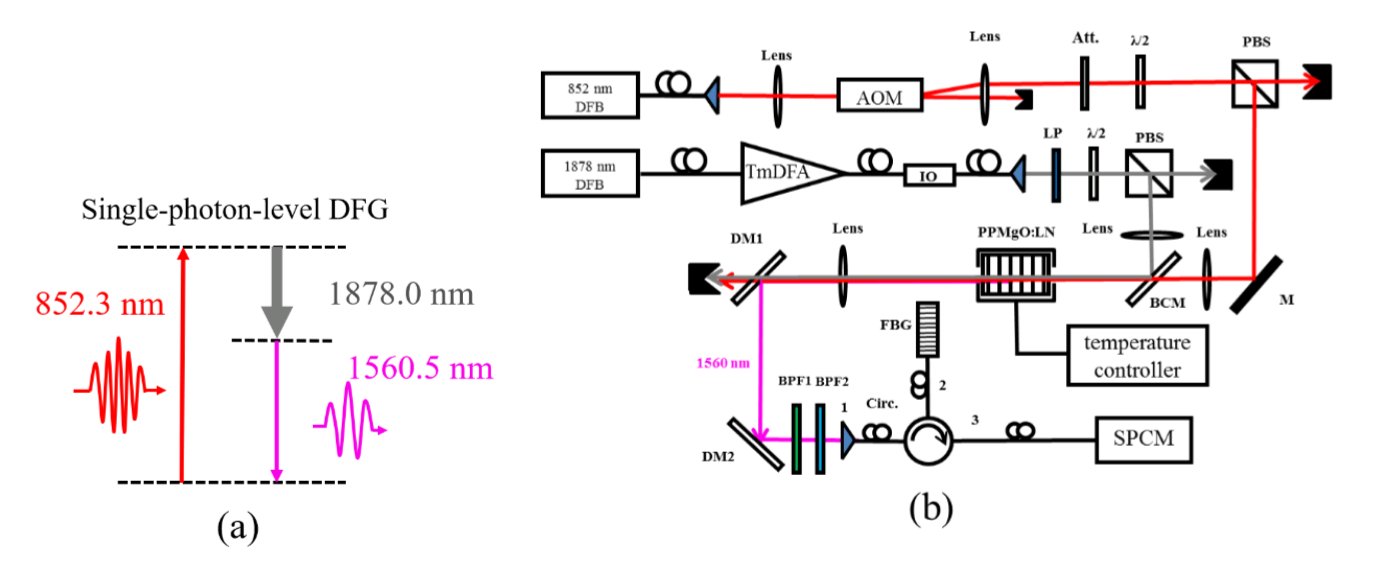

The large electric dipole moment of neutral atom Rydberg state enables long-range electric dipole-dipole interactions (EDDIs) between Rydberg atoms, which can lead to Rydberg blockade. So we can use Rydberg blockade to observe entanglement between two neutral atoms, a two qubit controlled-NOT quantum gate, decisive quantum entanglement between a coherent field with Rydberg atom ensemble and so on. Therefore, the Rydberg-excited of alkali metal atoms is very important in quantum optics, quantum information, etc. However, single-photon excitation of Rydberg transitions is very rare, mainly due to the photon energy of a single photon transitions from ground state to Rydberg states is large, mostly in the violet (Violet) and ultraviolet (UV: Ultra-Violet) band. Our experimental study aims at 318.6nm narrow linewidth tunable UV laser system for single-photon transitions of cesium atoms nP (n = 80 ~ 100) Rydberg excitation, this approach can solve the low excitation efficiency issues of two-photo or three-photo excitation, on the other hand can extend the decoherence time of coherent control of Rydberg atoms, which can help to solve problems related to physics on this basis.
